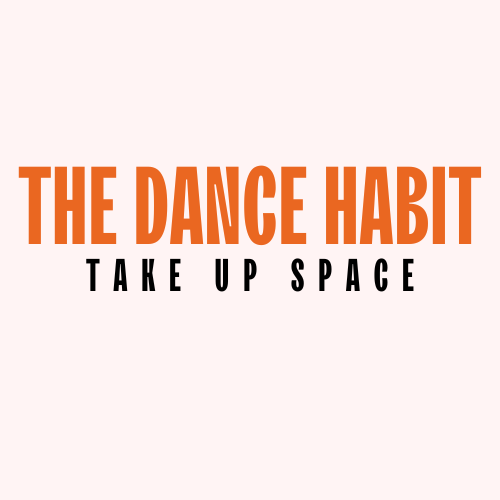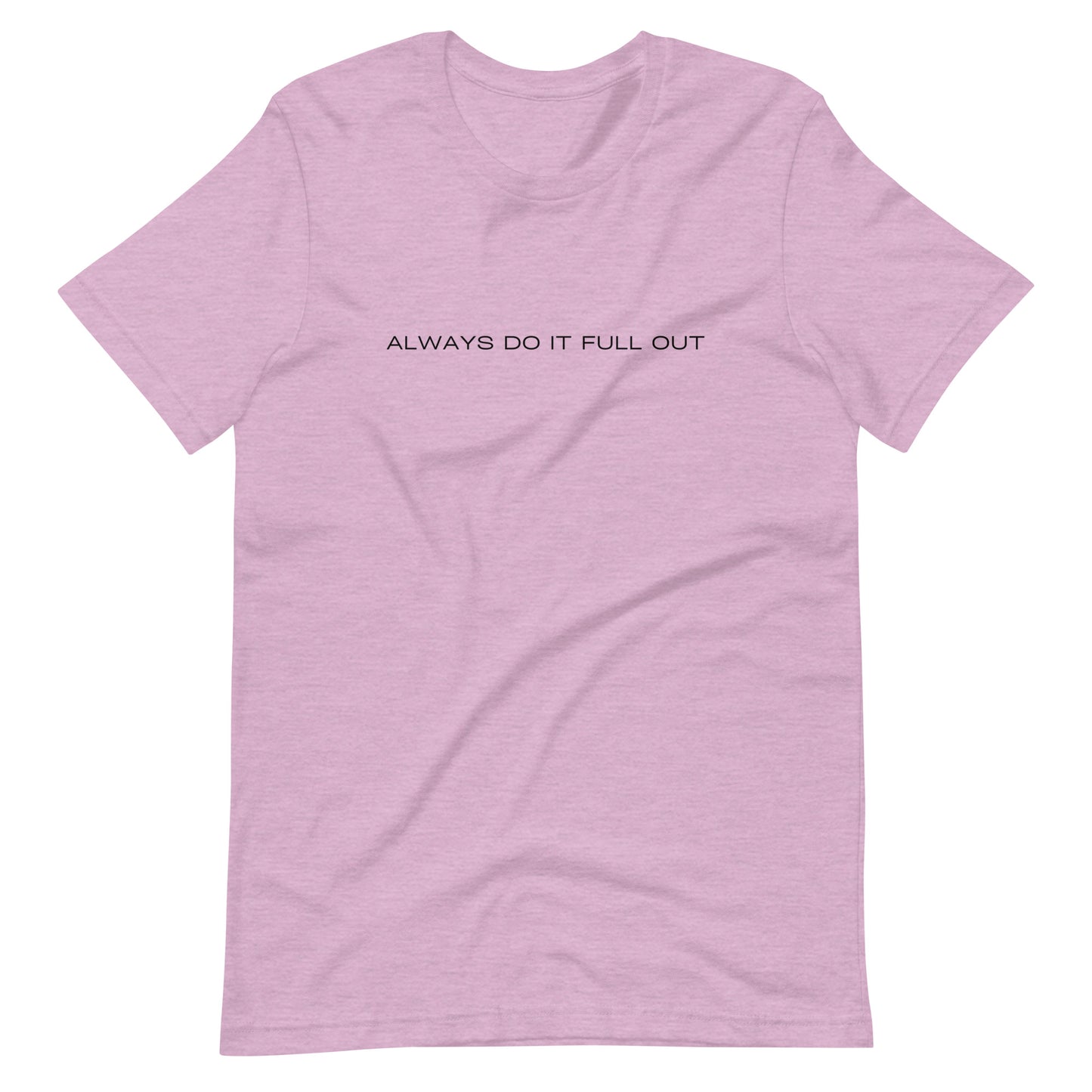Teaching dance is one of my greatest passions. While it can be exhausting, I leave almost every class I teach feeling more energized and inspired by my students. As I’ve said before, I have taught beginning dance classes for years now. Beginning adult class is where I started teaching back when I was sixteen and somehow it’s remained a space where I continue teaching to this day.
Inevitably, I would hope, after teaching so long you are left with the question of “What makes a good dance teacher?”
As dance educators, we have available information through books, advanced dance degrees, and all the information we can find on the internet. There is also the resource of dance groups where we can, hopefully, keep it positive and ask productive questions. But there is one thing I think will take us in a great direction as instructors. Keep it simple.
What do I mean?
The value of simplicity in the dance classroom is immense. I understand we are getting pushed by students and even parents to make things complicated and harder. Absolutely, we want to get our dancers to a high level of movement expertise. However, if we have any hopes of being a good teacher I think keeping it simple will help us move the needle. What are some ways of keeping it simple?

- Language is one area where we can work towards simplicity. Many of us in the dance studio now have bachelor’s and master’s degrees. Those things are so valuable! But how do we communicate all of this knowledge in a way a beginner can understand? It’s easy to overcomplicate our words and use advanced terminology, but as brains are trying to process movement pathways, choreography, and muscle engagement I have found that simplicity in explanations can be helpful.
- Repetition is a tool that I also utilize in class. Of course, there are times when we want to focus on pick up skills and grasping choreography quickly, but digging into a phrase or a warm up over a number of classes can help students to get more out of their movement. They are able to use their mental capacity on building their movement understanding vs. using it to make sure they get a combination right.
- Becoming more and more aware of your students’ and their individual body language is a simple way to be able to read the room and work towards an area that might be most helpful on any given day.
- Imagery can speak volumes in relationship to movement similar to how stories can have lessons that speak into our lives. A simple image of something an age group can relate to can change movement or a movement phrase drastically, and it’s quite simple to utilize.
- Music in the age of social media proves that students are often more driven by words of music opposed to what is within themselves. Keeping the music simple gives dancers space to go into their own minds and imaginations.
What areas of teaching can you think of where you can bring in more simplicity?
















1 comment
Keep it simple